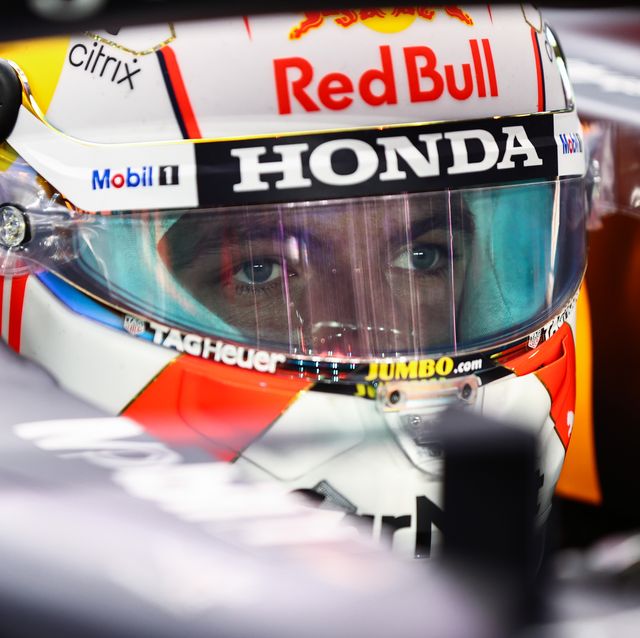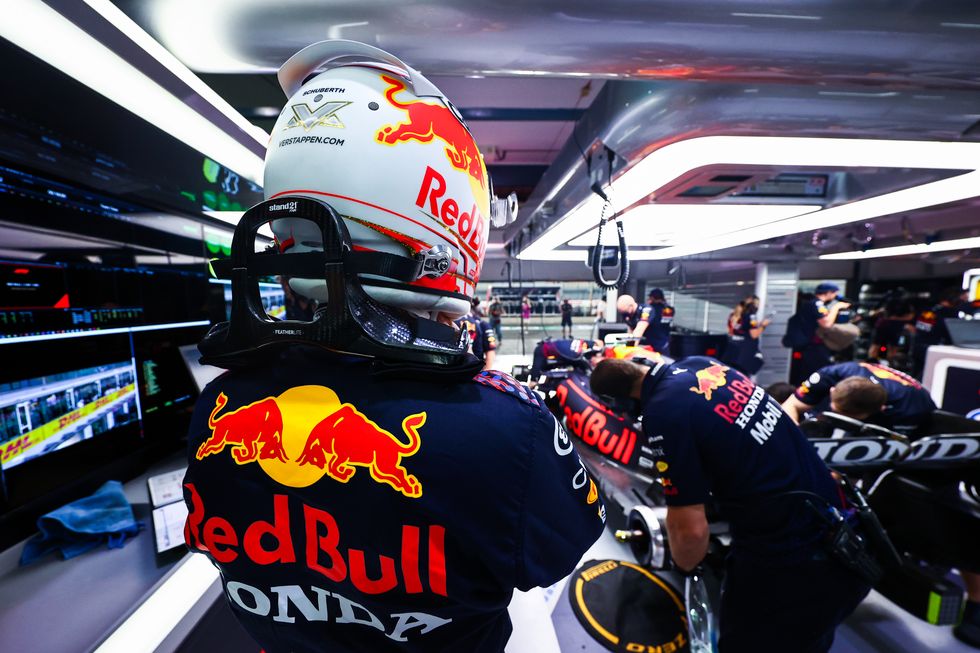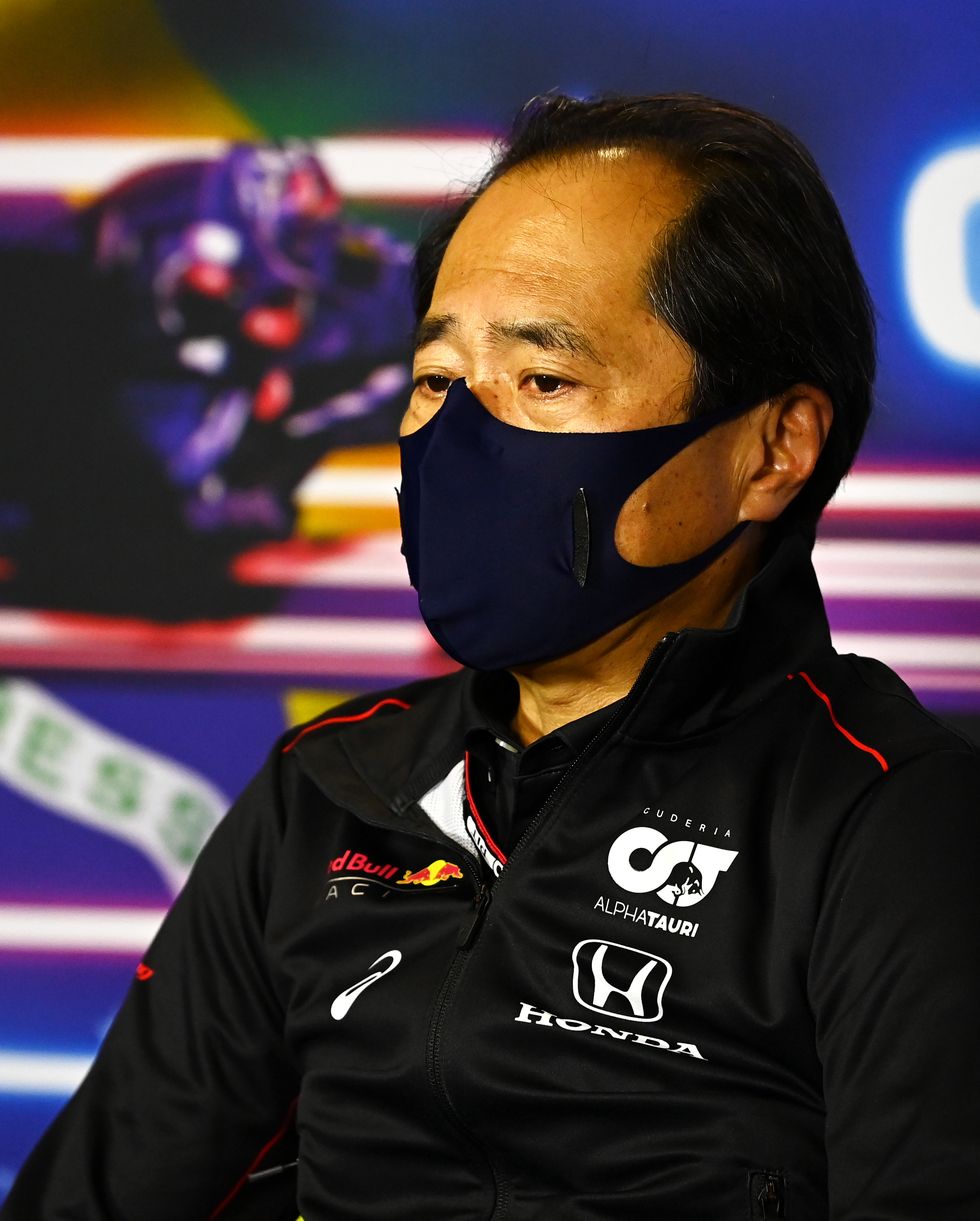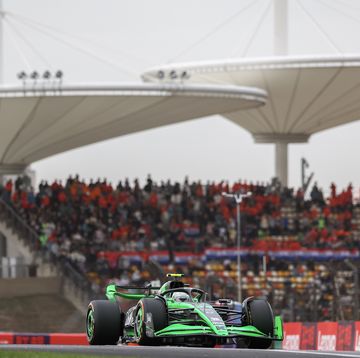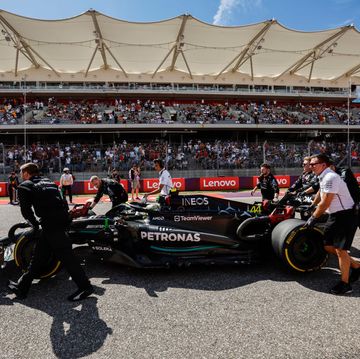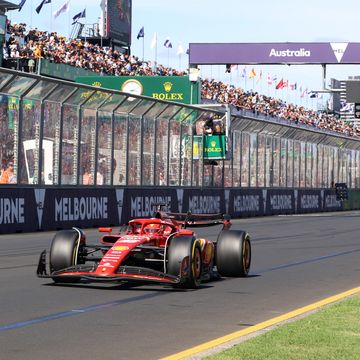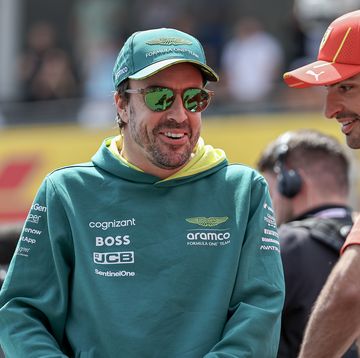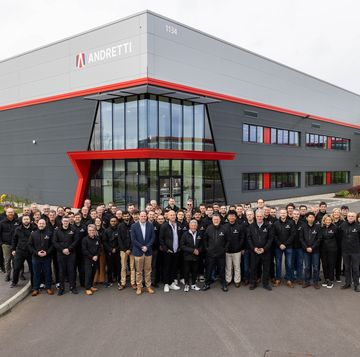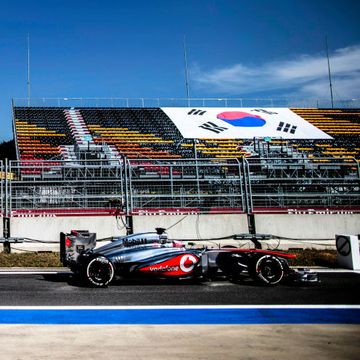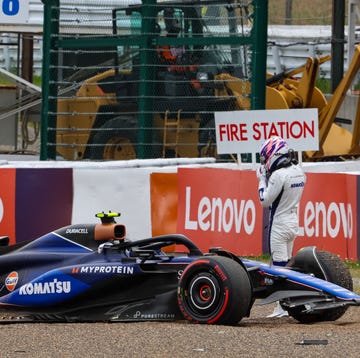- The Red Bull-Honda partnership is chasing both Formula 1 Drivers’ and Constructors’ titles, a feat Honda last achieved in 1991 with Ayrton Senna and McLaren.
- Honda is exiting Formula 1 after the final race of 2021 at Abu Dhabi on Dec. 12.
- Red Bull Powertrains will run the current Honda power units for its teams through 2025—before the new regulations come in for the 2026 season.
Honda has just two races remaining in Formula 1 before it ceases its involvement in an official capacity. It will still have a loose presence as the Red Bull Powertrains division, set up after Honda’s October 2020 withdrawal announcement, has acquired its intellectual property.
RBP will run those power units for its teams through 2025—before the new regulations come in for the 2026 season. Honda personnel will stay involved in 2022. But on an official basis, Honda is out after the final F1 race of 2021 at Abu Dhabi on Dec. 12.
And the engine manufacturer will be departing on a high.
Long gone are the days when Honda’s performance was appalling, its reliability even worse and its embarrassment total. Upon its 2015 comeback, a dozen engines were required and McLaren, which it supplied, was ninth of 10 teams. Champions Mercedes kept within its allocation of four.
This year Honda has claimed 10 victories, all with Red Bull Racing. The two teams aligned in 2019. The Red Bull-Honda partnership is chasing both Drivers’ and Constructors’ titles, a feat Honda last achieved in 1991 with Ayrton Senna and McLaren. Fellow partner AlphaTauri holds a chance of fifth overall in the Constructors' Championship, which would be its highest classification in that team's 36-year existence.
Unusually, Honda’s success has come in spite of, and perhaps even because of, its impending exit. Rather than cut back personnel or reduce funding Honda went all in. Honda’s President approved a proposal for its planned 2022 power unit upgrade to be brought forward by 12 months.
“Definitely we keep pushing and we do our best until the end of the season,” said Honda’s taciturn F1 Technical Director Toyoharu Tanabe to Autoweek. “Everyone at Honda knows what our target is for these last races.”
Honda’s 2021-spec RA621H power unit featured extensive developments. Among them were a compacted and revised camshaft layout and valve angle to improve combustion efficiency, with air flow improved. The ICE’s center of gravity was lowered while in shortening the bore pitch the engine itself was made shorter and smaller. The cylinder banking offset within the engine was reversed so that the right bank was now forward and the left bank behind.
Even through 2021, and with regulations tight, Honda introduced a new Energy Store post-summer that was lighter and more efficient. The work involved Honda personnel from its F1 bases at Milton Keynes and Sakura, as well as the wider company, not to mention the co-operation of Red Bull Racing and AlphaTauri. It meant a more powerful product, without compromising reliability, while providing teams with a more aggressive packaging option to assist with weight distribution and aerodynamic prowess.
“It was a big challenge,” said Tanabe. “But we can say it was a very good challenge for us. We worked with the teams closely, especially with Red Bull, this was one of the biggest changes for both of us.”
Marrying performance with reliability is always crucial for power unit manufacturers. In past years, one frequently came at the expense of the other for Honda. But this year, Honda has been a competitor power-wise against Mercedes. Honda has even been more reliable, with Mercedes having used more engines. Honda exceeded its allocation due to accident damage – Max Verstappen at Silverstone, Sergio Perez at Budapest, and Yuki Tsunoda at Imola – but feels that without crashes it would have evaded grid penalties for engine changes.
“We are always watching the PU damage, and trying to achieve the best performance,” Tanabe said. “We try to put the best performance from the PU, so we don’t take any risks but we are working on the kind of edge of both sides—reliability and then performance.
“We knew that we had 23 races initially and then one was removed and then we had 22 this year. The regulations tell us (we have) three PUs, so we forecast to finish the season with three PUs. So, first PU, second PU, third PU, but unfortunately we lost some PUs, especially on Red Bull’s side, due to the accidents, then we had a slightly different strategy.”
It is a changed landscape from years when Mercedes was the all-powerful near-bulletproof manufacturer.
“Looking back at previous years, their PU was very reliable and powerful,” says Tanabe. He adds he “cannot believe” their struggles but concedes “the PU—the ICE, ERS—is very complicated and precise. If you have a little bit of error in it, even one piece of the part, the balance can go bad.” There are no plans for Honda to take any more penalties, or fit a fresh engine across the final races, as had been rumored. Mercedes has been the benchmark for seven years, taking each title since 2014.
There is a “huge difference,” Tanabe says, between today’s Honda power unit and the version that first appeared upon its return in 2015, though was unwilling to quantify the exact gains. There is not one single magic bullet in a “very complicated” engine formula.
“There are many, many elements” behind Honda’s progress. “We learned a lot from each single failure, or experience, and we put that experience into the new [components] each year. It is not only the hardware, but also the calibration, the software, and then the trackside management.
“Looking back, at the early challenge of this PU regulation, since we started in 2015, we had a lot of failures and the performance was not good. We learned a lot from those years, and then we developed, we improved, both performance and reliability. That’s why we are here now, our position is here now, I’m very pleased to see this year’s results. We see big progress compared to the previous years. And that all comes from our technology and development.
“We learned a lot—and still we are learning something every weekend.”
Tanabe concedes that “of course” there is regret at Honda’s departure, regret that the journey cannot continue, and regret that Honda cannot continue to prove itself. But after the misery of its first hybrid years irrespective of the outcome in Saudi Arabia and Abu Dhabi it will depart with pride and recognition of its work.
“I feel a bit sad,” says Tanabe. “But we learned a lot, not only Formula 1 technology, but also how to work with teams, and how to develop the technology internally in Honda.
“I believe that our engineers and all of our staff have grown very much during this experience, so that’s good for the future of Honda. We can use this experience for the future of Honda.”
And as work continues on the Red Bull Powertrains project Honda will still have a legacy, of sorts, within Formula 1 as well.
